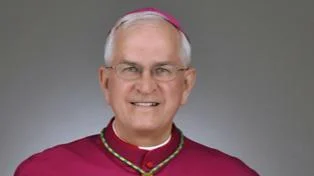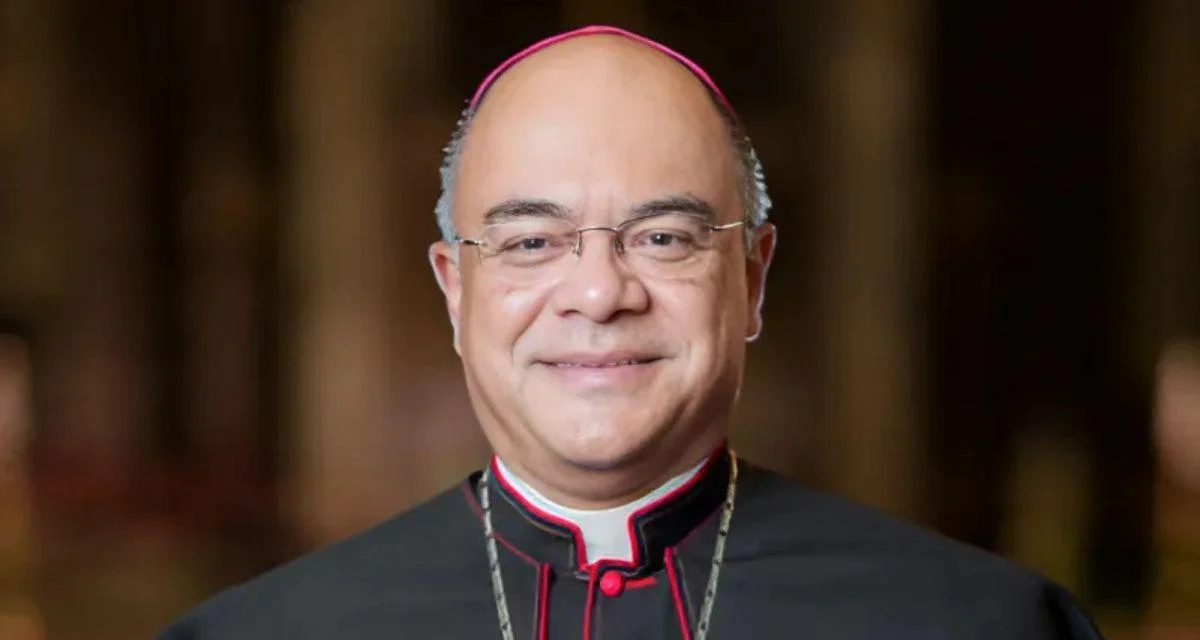
Reverend Joseph E. Kurtz, D.D. Bishop | Archdiocese of Louisville
Popes have traditionally exceeded the statutory limit on the number of cardinals under 80, but Pope Francis is set to break records. On October 6, he announced plans to create 21 new cardinals by December 8, with 20 eligible to participate in a papal conclave.
With Venezuelan Cardinal Baltazar Porras Cardozo nearing his 80th birthday, the College of Cardinals could see as many as 141 cardinal electors after the December induction. This would surpass Pope Francis's previous record of 137 cardinal electors in 2023.
The rule established by St. Paul VI in 1975 limited cardinal electors to no more than 120 at any time. Successive popes have occasionally exceeded this limit for short periods. However, Pope Francis's new nominations could maintain an excess well into 2026.
The upcoming consistory will be Pope Francis's tenth since his election in March 2013. Nine of the newly named cardinals are currently participating in the Synod of Bishops on Synodality in Rome.
Bishop Mykola Bychok from Melbourne, Australia, at age 44, will become the youngest member of the college by six years. His nomination and that of six others in their fifties have reduced the average age of electors.
As it stands without these additions, the average age is about 71 years and seven months; with them included from December onward, it will drop to approximately 70 years and five months.
There has been speculation about Pope Francis appointing like-minded cardinals. If a conclave were held soon after December and no deaths occurred among current electors, nearly 79% would be appointees of Pope Francis himself.
Pope Francis continues his trend of choosing cardinals from diverse backgrounds. Archbishop Dominique Joseph Mathieu becomes Iran's first cardinal head while archbishops from Algeria, Australia, Ecuador, Lithuania, Peru, Serbia—and Ukraine-born Bishop Bychok—add representation for their countries or regions lacking recent cardinal electors.
Post-consistory figures indicate over seventy nations represented among electorates compared to forty-eight during Pope Francis’s election conclave in 2013.
European dominance within elector ranks diminishes further; they now comprise only around forty percent before dropping slightly lower post-additions alongside rising Asian representation above nineteen percent followed closely behind Latin Americans near seventeen percent then Africans just shy thirteen percent lastly North American fourteen ten percent Oceania three four percent respectively afterward inclusion
Over half selected candidates belong religious orders bringing total seventy worldwide having trained ministered communities congregations though neither Salesians eleven nor Jesuits nine gain members following divisions friars Franciscans Capuchins Conventuals hold varying numbers combined

 Alerts Sign-up
Alerts Sign-up